Planting for Pollinators and Photography
03-05-2018
Writer(s): Dan Shepardson
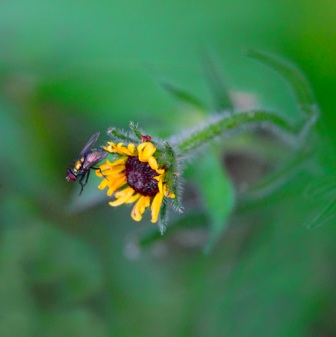 Because spring is just around the corner, I thought I would blog about planting flowers in the garden. Like most first time homeowners, I viewed my yard as a lawn and I planted flowers, shrubs, and trees for their color and curb appeal. Shortly thereafter, I began to view my yard not as a lawn, but as an environment, so I transformed it into a natural environment, adding native plantings that support pollinators.
Because spring is just around the corner, I thought I would blog about planting flowers in the garden. Like most first time homeowners, I viewed my yard as a lawn and I planted flowers, shrubs, and trees for their color and curb appeal. Shortly thereafter, I began to view my yard not as a lawn, but as an environment, so I transformed it into a natural environment, adding native plantings that support pollinators.
I now plant with native, non-invasive species such as aster, black-eyed Susan, blazing star, goldenrod, Joe Pye weed, purple coneflower, lanceleaf coreopsis, butterfly weed, and milkweed, to name a few. These provide pollen and nectar to a variety of insects and the leaves and stems provide food and shelter as well. I do not use insecticides on my flower beds, thus eliminating neonicotinoids. Because these plants are native, they grow well in the local climate, tolerating heat and drought conditions. This is why I rarely water my flower beds during the summer. This also changes the way I maintain my plantings. For example, I don’t deadhead and cut down dead plants, like purple coneflower, as these become seed for American goldfinches in the fall. It is always nice to see them pulling seeds from the dry flower heads. Every year I expand my pollinator gardens, which reduces the area of the lawn that needs mowing, increasing the area of my flower gardens for pollinators and photography.
Here are some things to consider when planting and maintaining gardens for pollinators:
- Plant a diversity of flower types in regard to color, size, flower shape, and season of bloom. One rule is to include at least three plants that bloom each in spring, summer and fall.
- Provide a birdbath or other source of water.
- Provide shelter by leaving some areas of the flowerbed undisturbed so there is bare ground allowing access to the soil and dead branches and grass clumps for shelter.
- Tolerate some pests, disease, and weeds—like dandelion, which is a good flower for bees. Remember it’s an environment, so think natural.
- Some native trees to consider: black cherry, black locust, dogwood, hawthorn, redbud, and serviceberry.
- Some native shrubs to consider: dogwood, elderberry, serviceberry, and American hazelnut.
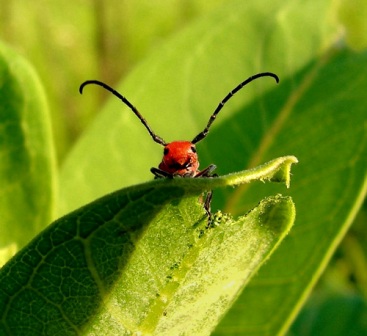
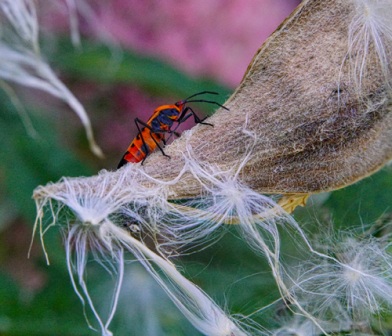
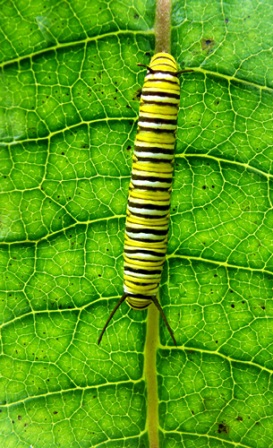
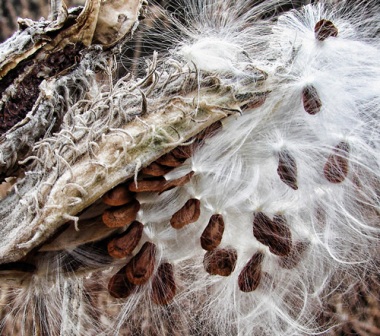
By planting native flowers, I have created a prairie- like environment so that I can photograph nature in my backyard. I have created a habitat that supports milkweed bugs, milkweed beetles, monarch and other caterpillars, butterflies and moths, lady beetles, parasitic wasps, syrphid flies, and bees, as well as spiders and other insects and arthropods. This habitat also attracts birds, including hummingbirds and American goldfinches. The plantings have provided space and cover for rabbit nests and their young as well as skinks and snakes. The trees have attracted tree frogs. And, of course, I can photograph a wide variety of flowers up close and in a natural setting so that I can enjoy my pollinator gardens through photography.
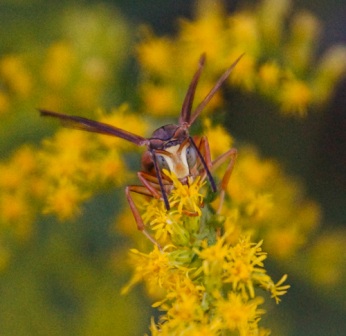
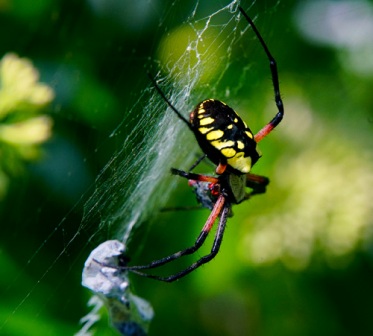
About the photographs: All photographs were taken in my backyard. Top image is of a fly on a black-eyed Susan; middle left image is of a milkweed beetle eating milkweed, the next image is a milkweed bug, then a monarch caterpillar on a milkweed leaf, and the last image is milkweed seeds; the bottom left is a wasp on goldenrod, and the last image is a garden spider and web.